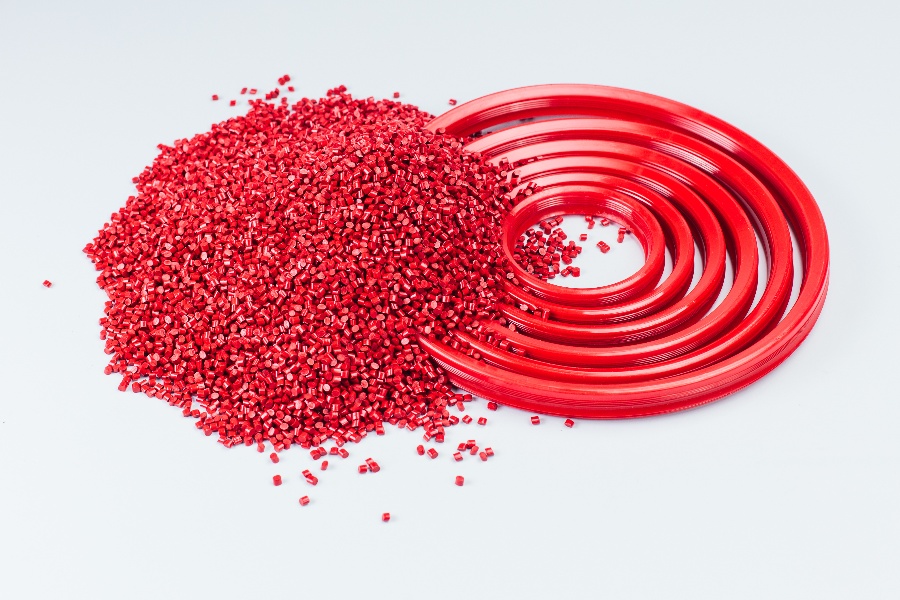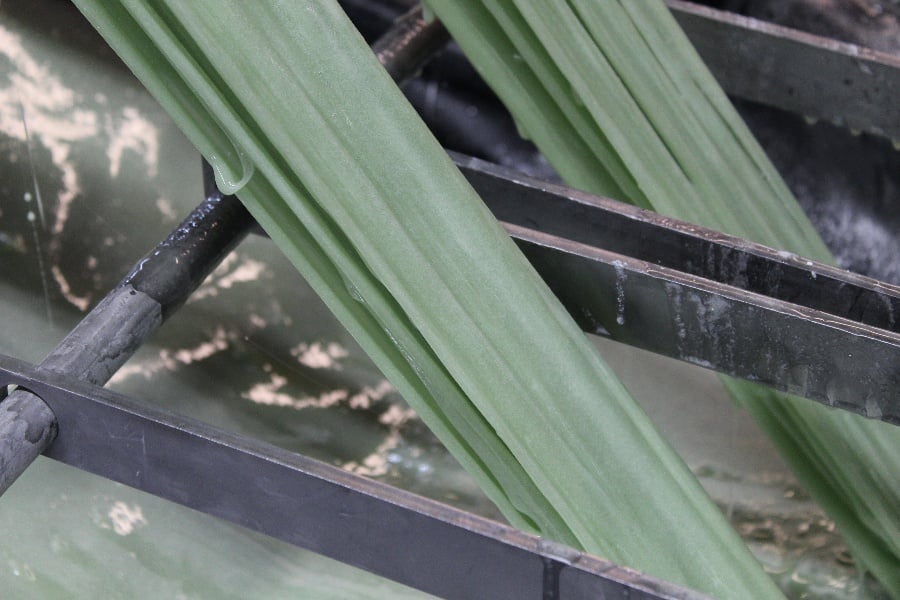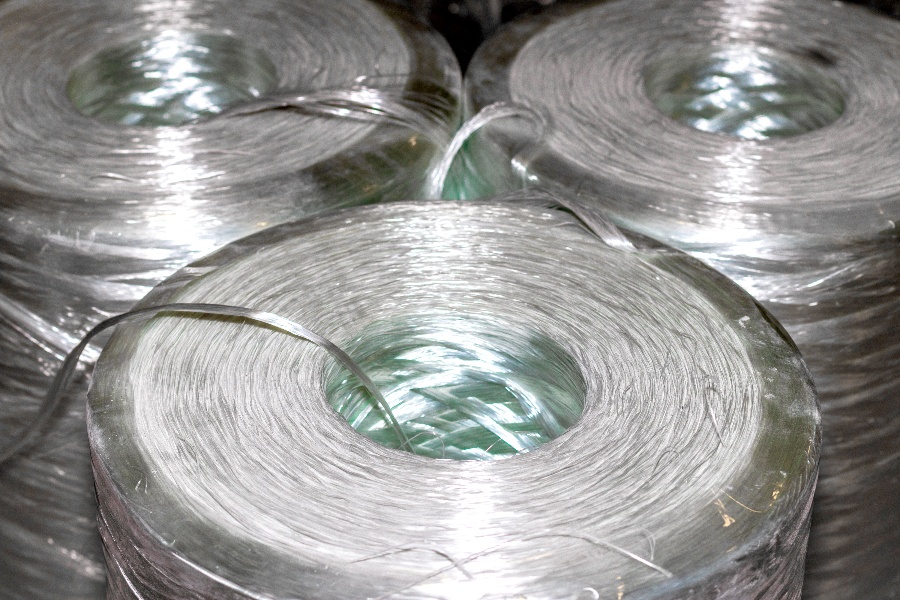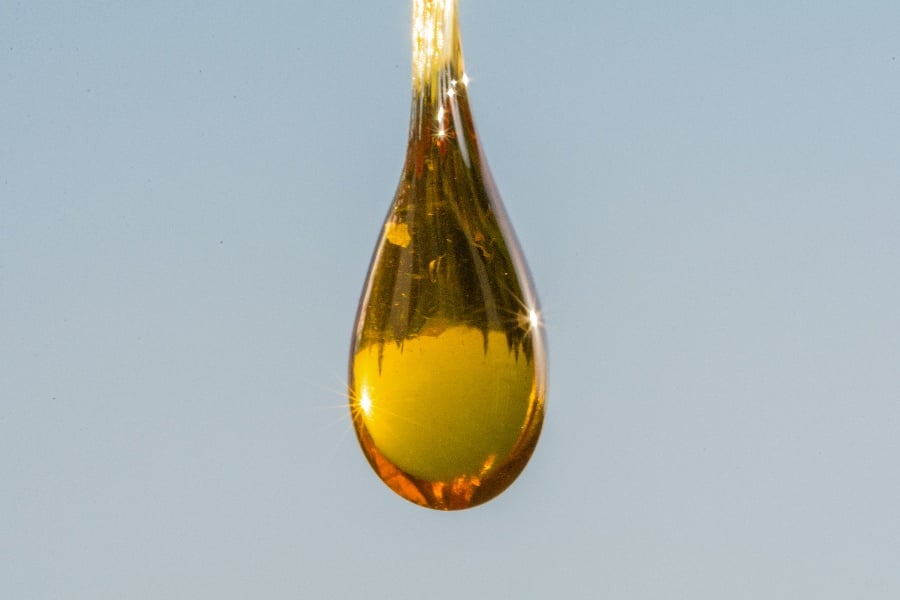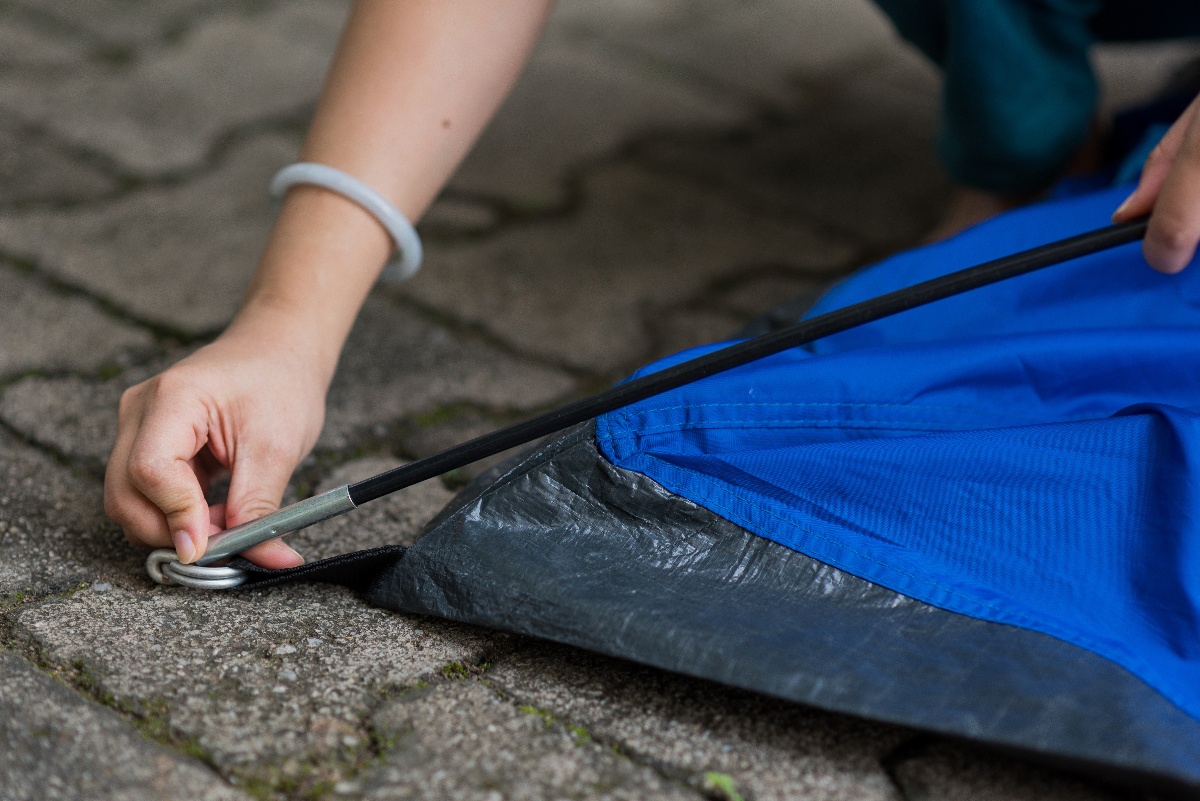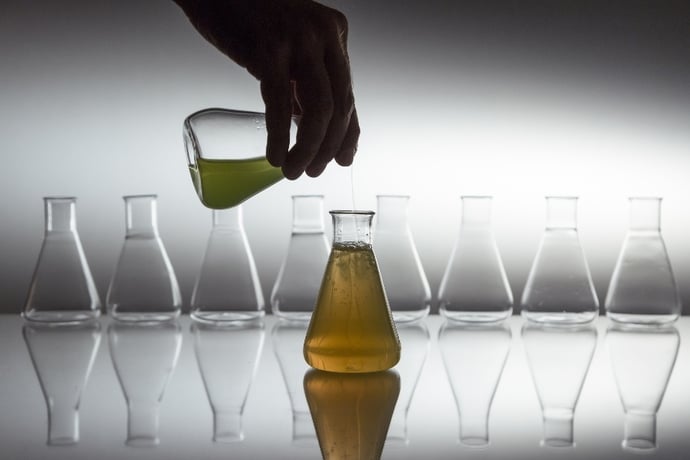
Lately, manufacturers have begun working with another material: polyurethane (PU). Compelling research and analysis about polyurethane's solid performance characteristics have resulted in its growing popularity in industries across the board.
As a result, composite rods, tubes, bars and poles as well as custom shapes can possess up to 40% higher material properties when compared to polyester. Indeed, many weather and hurricane proofing applications in the infrastructure and construction industries use polyurethane pultrusion to fashion standard and custom composite profiles.
Let’s take a look at the appeal of polyurethane resin and the advantages of this material.
Advantages of Polyurethane
With its superior material properties, manufacturers can custom produce flexible profiles to produce equal material properties while achieving weight and cost savings.
Polyurethane chemistry also enables a UV stable resin. Poles, tubes, rods, bars and other custom shapes can be easily run in one process for retaining walls, railing, and other outdoor products.
This material is environmentally friendly compared to standard polyester resin systems as polyurethane resin systems do not contain styrene and little to no volatile organic compounds (VOCs).
Polyurethane offers four important advantages:
1. Tensile and Flexural Strength
Polyurethane pultrusions have been extensively tested against traditional resins in terms of tensile, compression, and flexural strength. In terms of compression strength, PU is just as strong when compared with other resin types.
However, in terms of flexural and tensile strength, PU showed distinct advantages, especially when measured against stresses applied in the 90-degree direction.
For example, polyurethane fiberglass pultrusions withstood 48.7 MPa of 90-degree tensile stress. In a contrast, Vinyl ester pultrusions withstood just 40.5 MPa of stress.
PU showed similar advantages with flexural strength. Unsaturated polyesters performed poorly, at 30.8 MPa of stress. In terms of shear strength, Polyurethane showed an impressive improvement over other resins.
Shear strength is very important to long-term performance as it measures protrusions' ability to resist delaminating forces, as a result of drilling, nailing, or blunt impact.
Delamination negatively impacts the load-carrying capacity of a composite.
2. Strength-to-Weight Ratio
Polyurethane's strength advantages come from a number of combined properties, including:
- fiber coupling efficiency
- reduced incidence of resin phase defects.
With PU pultrusions, manufacturers can safely reduce wall thickness — and hence composite weight. PU pultrusions are superior to other resins when comparing the strength-to-weight ratio.
3. Tough
Strength is not the only indicator of a material’s long-term performance. Just as important is the composite's ability to absorb the stress without fracturing. In other words, a PU pultruded product is tough, pliable, and tolerant to damage.
Fiberglass pultrusion composites often face intense real-world applications. The toughness of polyurethane makes it better able to resist the kinds of impacts that composites are regularly exposed to.
Polyurethane has distinct advantages when it comes to:
- Reinforcement costs
- Long-term warranty costs
- Customer satisfaction
- Scrap material reduction
In addition, polyurethane's improved toughness also benefits secondary operations such as component assembly.
There’s one other advantage that makes polyurethane stand out from other forms of fiberglass pultrusion: there's no need to pre-drill for screws and other fasteners. This means assembly times can be reduced as self-tapping screws can safely be used.
4. UV Resistance
As a result of its resistance to ultraviolet rays, PU pultrusion profiles are often used for outdoor applications that require long-term exposure. Such UV light can cause problems for certain polymers, which means that over time there can be drastic reductions in strength.
Polyurethane shows a much greater ability to resist UV damage than both unsaturated polyester (UPE) and vinyl ester (VE).
One study subjected various types of fiberglass pultrusion to 1000 hours of ultraviolet light, then measured for changes in transverse strength.
VE experienced strength reductions between 25% and 40%, and UPE experienced reductions between 15% and 20%. On the other hand, PU only lost 10% to 15% of its strength.
Disadvantages of Polyurethane
Despite its clear-cut mechanical property benefits, polyurethane pultrusions do have certain drawbacks, especially from a manufacturing point of view.
To a large extent, this fact simply reflects the relative newness of polyurethane pultrusions. As more manufacturers adopt PU processes, the perceived drawbacks should continue to recede.
1. Cost
PU resin tends to be more expensive than UPE or VE resins. To an extent, this increased cost is offset by the strength benefits of polyurethane, which means that fewer secondary reinforcements are needed.
Similarly, the inherent strength of polyurethane means that manufacturers can often reduce costs by using less expensive fiberglass — or by replacing costly glass mats with more affordable roving.
2. Equipment Compatibility
As far as manufacturers are concerned, polyurethane also presents certain challenges. Most standard pultrusion equipment will not work for PU unless certain modifications are made to the machines.
For instance, PU pultrusions require the use of proprietary injection boxes. In contrast, most traditional equipment uses open resin baths.
These enclosed boxes meter and inject the two components of the polyurethane resin at a speed that matches the rate of consumption.
The injection box also maintains the necessary amount of pressure to guarantee adequate wet out.
Finally, injection boxes are designed to limit the possibility of dead spots — in other words, places where the combined PU resin might accommodate and cure.
Beyond these types of specialized equipment needs, however, the PU pultrusion process largely proceeds in a similar manner to other resins.
3. Line Speeds
PU pultrusion systems also present slight drawbacks in terms of line speed. Whereas many commercial processes require line speeds as great as 8 feet per minute, many polyurethane systems top out around 5 feet per minute.
Fortunately, those numbers reflect the technology being used during the earliest iterations of PU roll-out.
The Takeaway
Pultrusion using polyurethane resins is somewhat new to the marketplace. The strength, chemical resistance, fatigue properties, cost, and other attributes have served to replace epoxy in some instances as well as provide cost similar improvements for polyester and vinyl ester parts.
When it comes to the best material for a particular fiberglass pultrusion, there is no one-size-fits-all formula. Consult an experienced company about the best type of resin to meet your project needs.
For more information about resin vs polyurethane and other fiberglass pultrusion questions, contact the industry specialists at Tencom Ltd.

